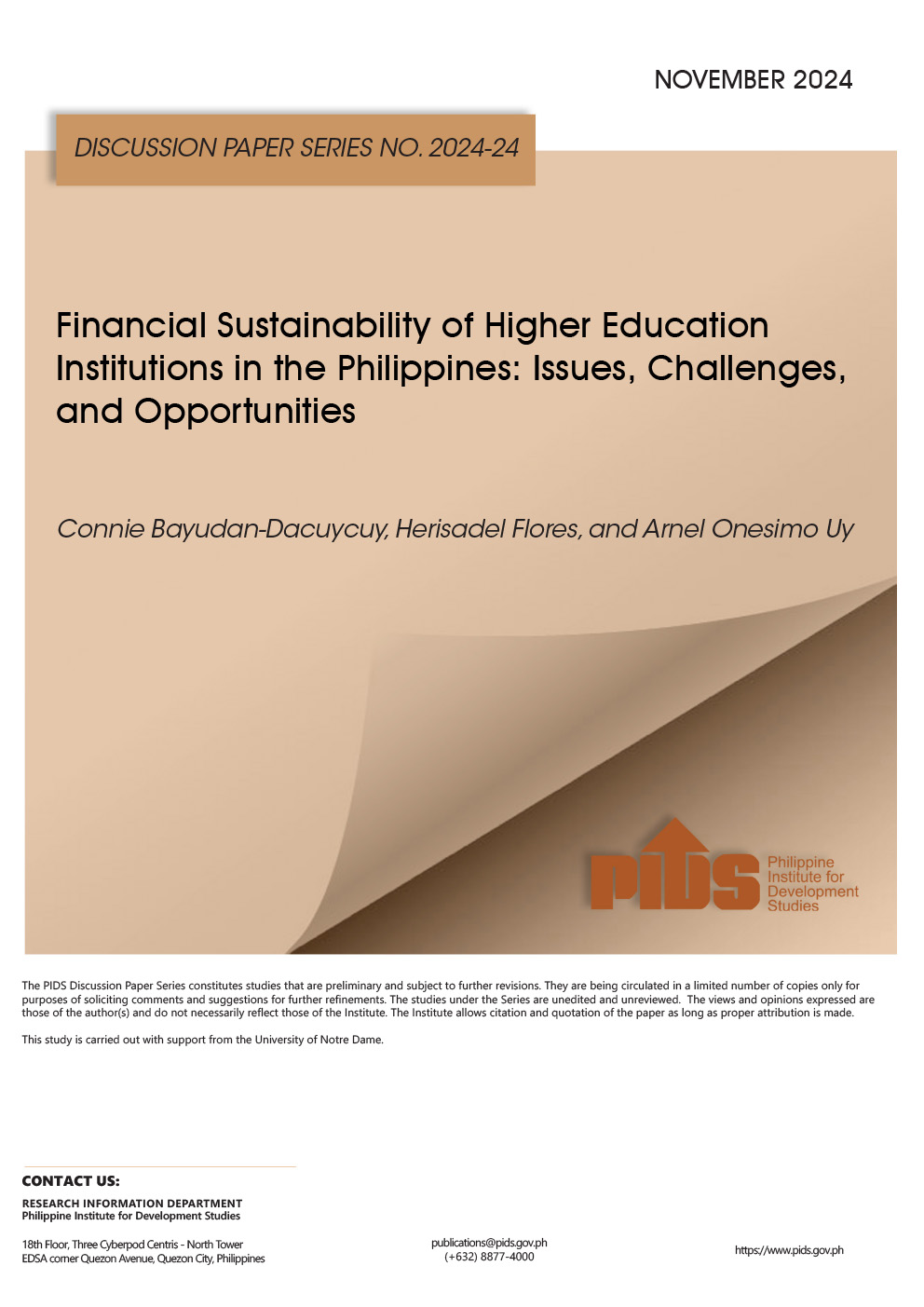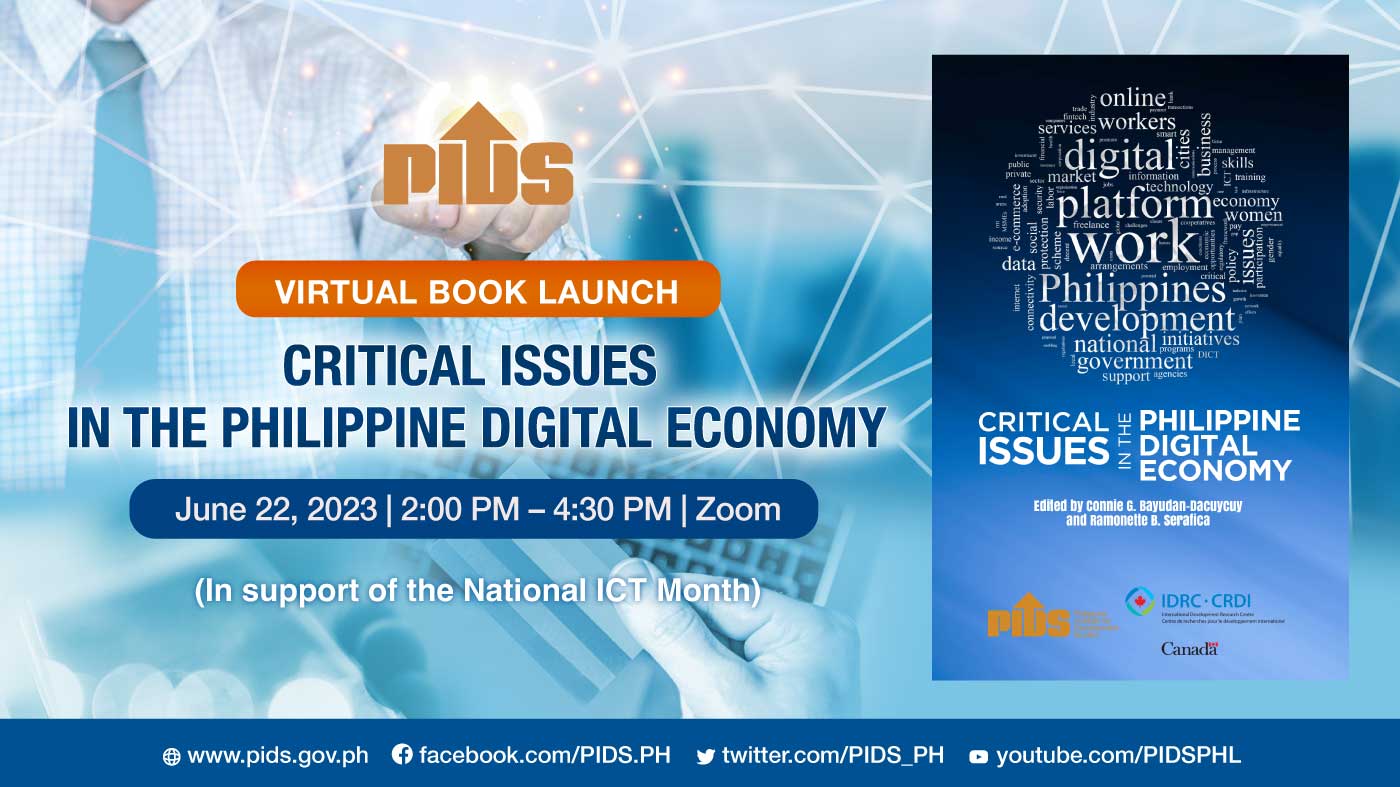Any innovation that aims to solve the problems of access by small and medium enterprises (SMEs) to finance must overcome three concerns. First, SMEs are considered opaque firms that are very difficult to assess due to limited verifiable information. Second, the formal banking sector normally rewards account officers who generate returns/profits from big loans. Third, the (high) cost and effort necessary to process a small loan are the same as those needed to process a large loan.
But social inclusion must mean real access to financial services by the underserved -- precisely the SME community. The market per se will not allow the free flow of money to this sector, and the so-called "trickle down” effect is painstakingly slow. If the vision is to accelerate the flow of funds to SMEs, affirmative action must be taken to avoid a finance/funding gap. Interestingly, aside from the social inclusion goals, there is evidence that increased lending to SMEs can aid financial stability, mainly by reducing the number of non-performing loans and lowering the probability of default by financial institutions.
The SME lending issue can be viewed primarily as a distribution problem. The financial system is so liquid that the Bangko Sentral ng Pilipinas is already starting to introduce policy tools to mop up excess liquidity. And the demand definitely exists. The following are various estimates from different sources of the supply and demand gap: Department of Trade and Industry -- P100 billion; National Economic and Development Authority/Philippine Institute for Development Studies -- P130 billion to 270 billion; International Finance Corporation -- $2.5 billion; and Philippine Exporters Confederation -- P70 billion.
It is necessary is to build a distribution channel that will make funds accessible to the SME market. Access means availability of supply of quality financial services at reasonable costs for the market players. The dimensions of access include the following: a) reliability, or the availability of financing when needed; b) convenience, or the ease of getting to the supplier of funds; c) continuity, or the repeated access to financing based on need; and d) flexibility, or the tailoring of the product to the client’s requirements.
UNIQUE TARGET SECTOR
The distribution network needs to address concerns such as transaction costs, fixed costs in intermediation, economies of scale, and regulatory constraints. We need a system that believes in the economic majesty and the financial inclusiveness of lending to SMEs. Banks as fund suppliers must learn to specialize because the SME market is a unique target sector. An all-in-one lending framework for SMEs will only end up being short-handed. There has to be a dedicated organization unit that is set up physically and spatially to reach SMEs where they are. And the processes involved must be suited to the sector’s characteristics.
One favored recommendation in international best practice is for separate and probably stand-alone SME units to service this segment. The rationale for an SME unit is for improved operational efficiencies and a targeted and well-defined risk exposure. Efficiencies can be achieved by product standardization and leveraging of information technology across the target clientele. Risk can be managed by streamlining credit assessment and designing credit filters through tools such as a small-business credit scoring system.
Financial institutions have a wide array of options to choose from by way of distribution channels. The more common ones are through branches or dedicated SME business lending centers. These can be complemented with the use of electronic/internet and phone banking to reach clients. Hybrid branch models are possible, with clearly separated space, personnel, and bank office operations dedicated to servicing SMEs within a bank -- an SME bank within a branch model.
The lending process and the turnaround time for loan handling must be closely studied. Which parts of the process should be centralized or decentralized? By their very nature, SMEs must be serviced where they are. Convenience is paramount. Given that SMEs are informal and lack reliable financial information, on-site visits and direct interaction with owners or managers are required. Hence, branch personnel or the business center account officers must be directly involved in delivery and client servicing and possibly some back-office functions. But the bank has other options on where to handle functions such as loan approval, risk analysis, monitoring of credit exposure, and problem management.
Finally, the reward system must be attuned to the desired outcome in SME lending and cannot be as shortsighted to be based solely on the total loan portfolio. The goal of inclusive growth as well as critical parameters in assessing an SME’s performance must be embedded in the formula. These parameters will include, aside from total loans generation, the number of clients categorized by size grouping, market share, cross-sale of other bank products, quality (non-performing loans), jobs generation, and similar impact metrics.
Benel D. Lagua is executive vice-president at the Development Bank of the Philippines. With an AIM-MBM and a Harvard-MPA, he is a part-time faculty of the Ramon V. del Rosario College of Business of De La Salle University.
benellagua@alumni.ksg.harvard.edu












